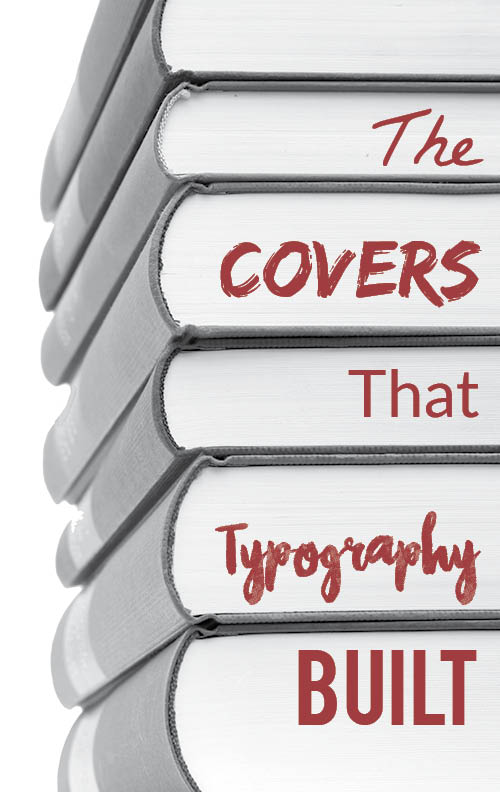Typography is an important aspect of any cover. It’s the first thing readers read on a book. The typeface must not only be compatible with whatever images are displayed on the cover, but also with the genre in which the book is positioned. Covers that use the typography as their primary design feature are referred to as “typographic covers.” These are the ones with limited imagery, photographic or otherwise, where the title and author take up most of the space. With these covers, finding the right font is more important than ever.
The current trend of typographic covers in book publishing transcends both genre and age demographics, from John Green’s latest YA offering Turtles All the Way Down to Diane Keaton’s home design book The House That Pinterest Built. At Ooligan Press, we strive to produce creative takes on the current design trends in book publishing, and that has included typographic covers, with Sean Davis’s war memoir Wax Bullet War in 2014 and Daniel Kine’s road novel Up Nights in 2013. Ooligan’s latest novel, The Ocean in My Ears by Meagan Macvie, joins this typographic trend, with a beautifully handwritten font that’s front and center on the cover, accompanied by a few illustrated elements that appear in the book.
In order to make a typographic cover that’s successful, there are a few things you’re going to need to keep in mind:
- Font: The first and most important, of course, is the font that you choose. It must be readable, fit the genre and tone of the work, and not get lost in the accompanying cover images. Readability is especially a concern when working with handwritten fonts. For example, the font used in The Ocean in My Ears, while in a cursive style, is still readable due to its size and spacing. As for fitting genre and tone, you’d hardly use a Western saloon-style font on a Neil deGrasse Tyson astronomy book; it would contradict the content of the text and confuse the reader. The font must also be bold enough that the words don’t get obscured by whatever images appear on the cover.
- Placement: The next thing to consider is the placement of the text. Since many typographic covers use limited imagery, the design relies on the text to draw readers in and its placement is a key component. For example, in the latest from Mohsin Hamid, Exit West, the text takes up all the space on the cover. The tilted text implies motion, direction, and travel, which reflects the major theme of emigration from the novel.
- Imagery: Related to both of the previous points, imagery on the cover of a typographic cover is important, especially since it will be in a more limited capacity; you’ve got to make those images count. Whether you’re incorporating the image into the text—like Tana French’s In the Woods—or simply using images to complement the text—like Ruth Gilligan’s Nine Folds Make a Paper Swan—selecting representative images from the text to incorporate into the typography of the cover makes the cover stronger.
Typographic covers is a trend that has been around for several years, and continues to grow in popularity and creativity.

